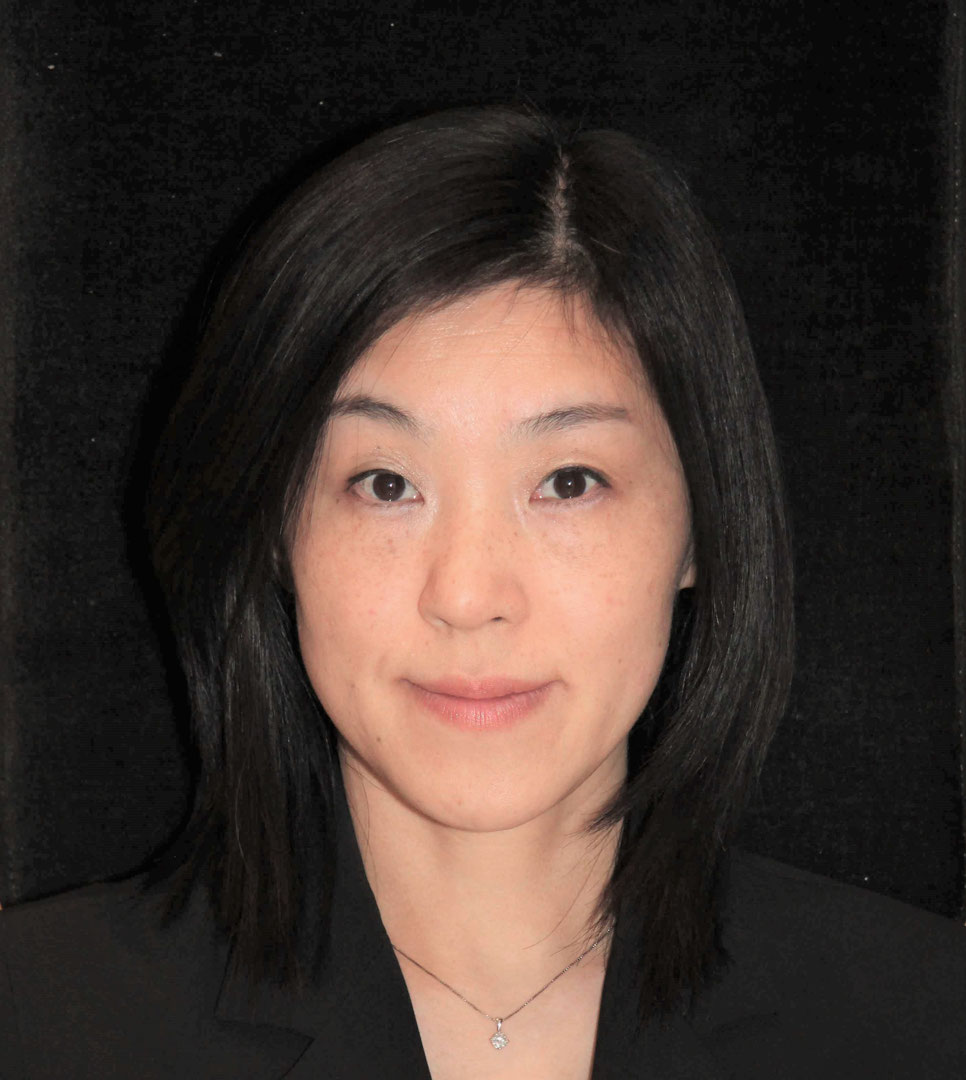Many open source communities struggle to achieve strong community participation from Asia despite the
region representing 60% of the entire world population. Although there are numerous participants from
India and China, the number is disproportionately low when compared with North America and Europe.
An obvious reason could be time zones, however, as a Japanese woman who grew up and worked in
Japan, and as a wife and a mother, it seems probable this could be explained by culture and other social
barriers like language. Although we appreciate the benefit of diversity in open source, it remains
challenging to have an optimally balanced community. Do we compromise by having some people in
each region to convince ourselves that we’ve achieved a target? Or do we look for ways to overcome the
barriers enabling real benefit from multiple perspectives? Many DEI categories are grouped together
which removes our ability to identify areas needing improvement. Asia consists of 40 countries whose
culture and languages are very different, and Asians who grew up in North America have different
perspectives from those who grew up in Asia. Diversity is defined by a combination of multiple factors.
Let’s look at our goals more closely and see what communities can actually do to bring real value.

